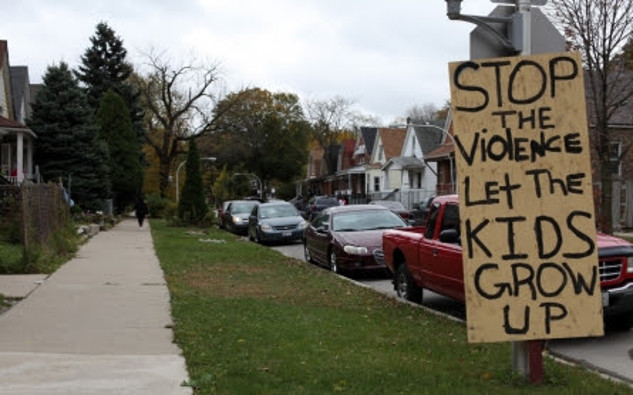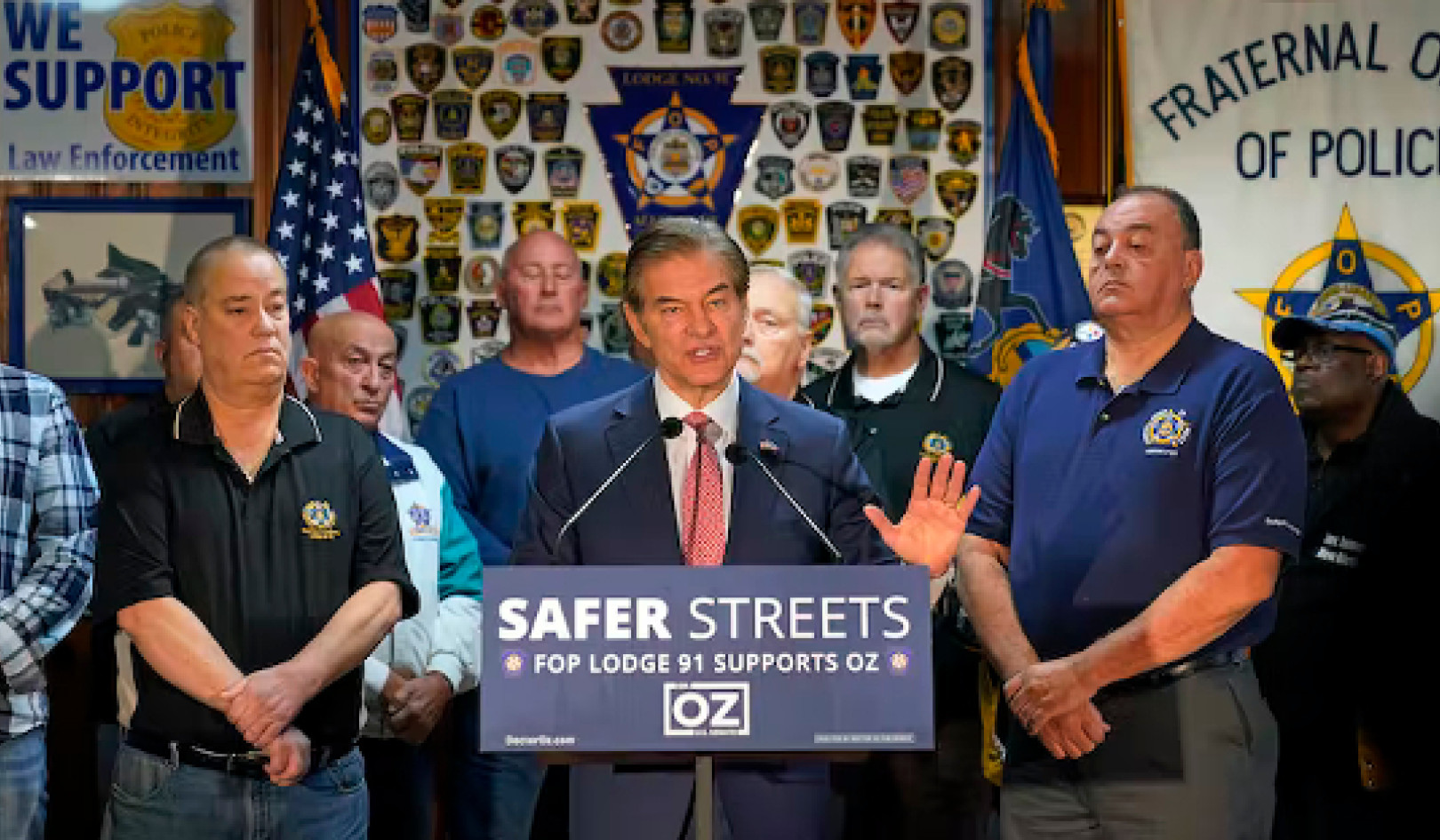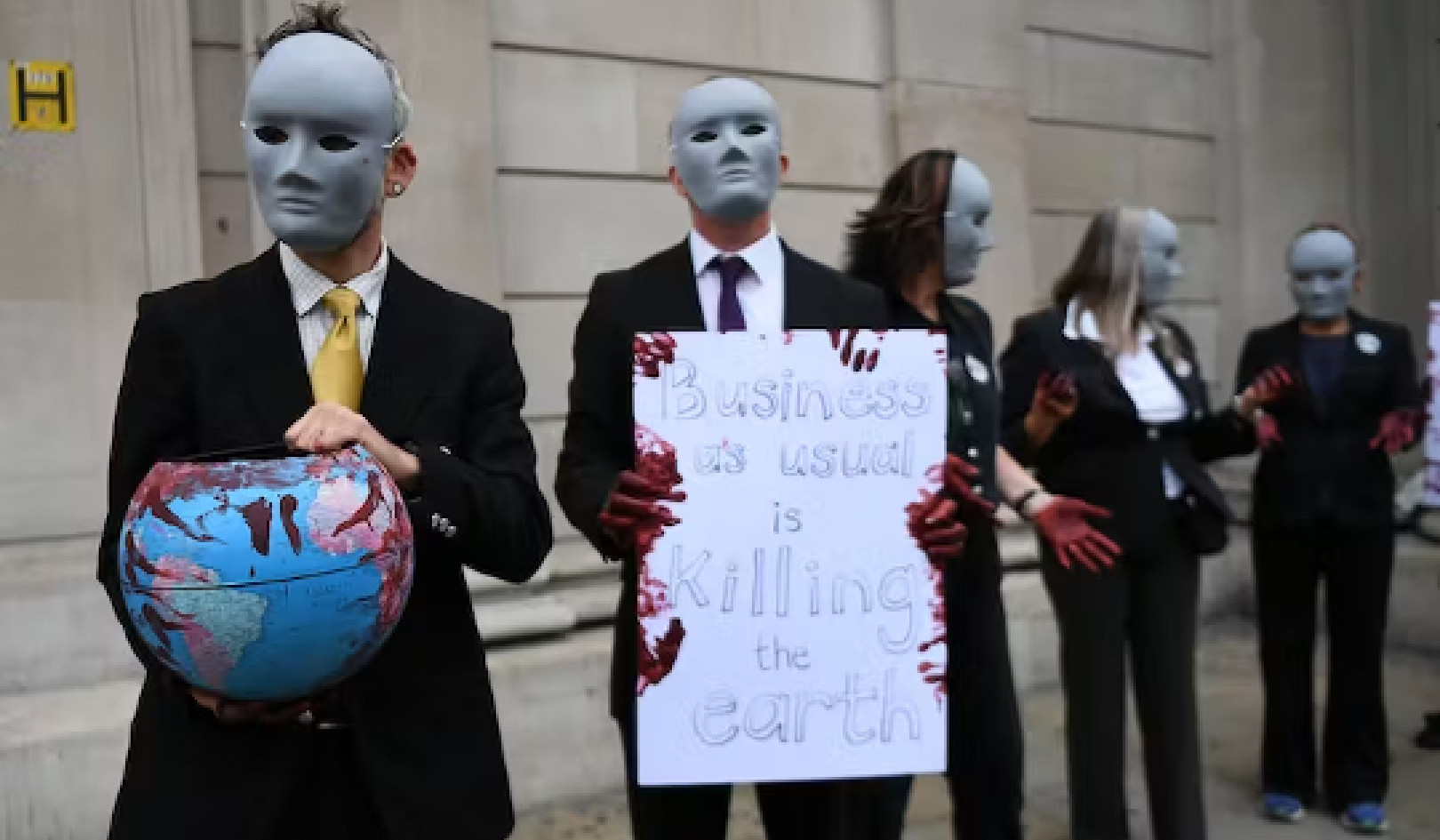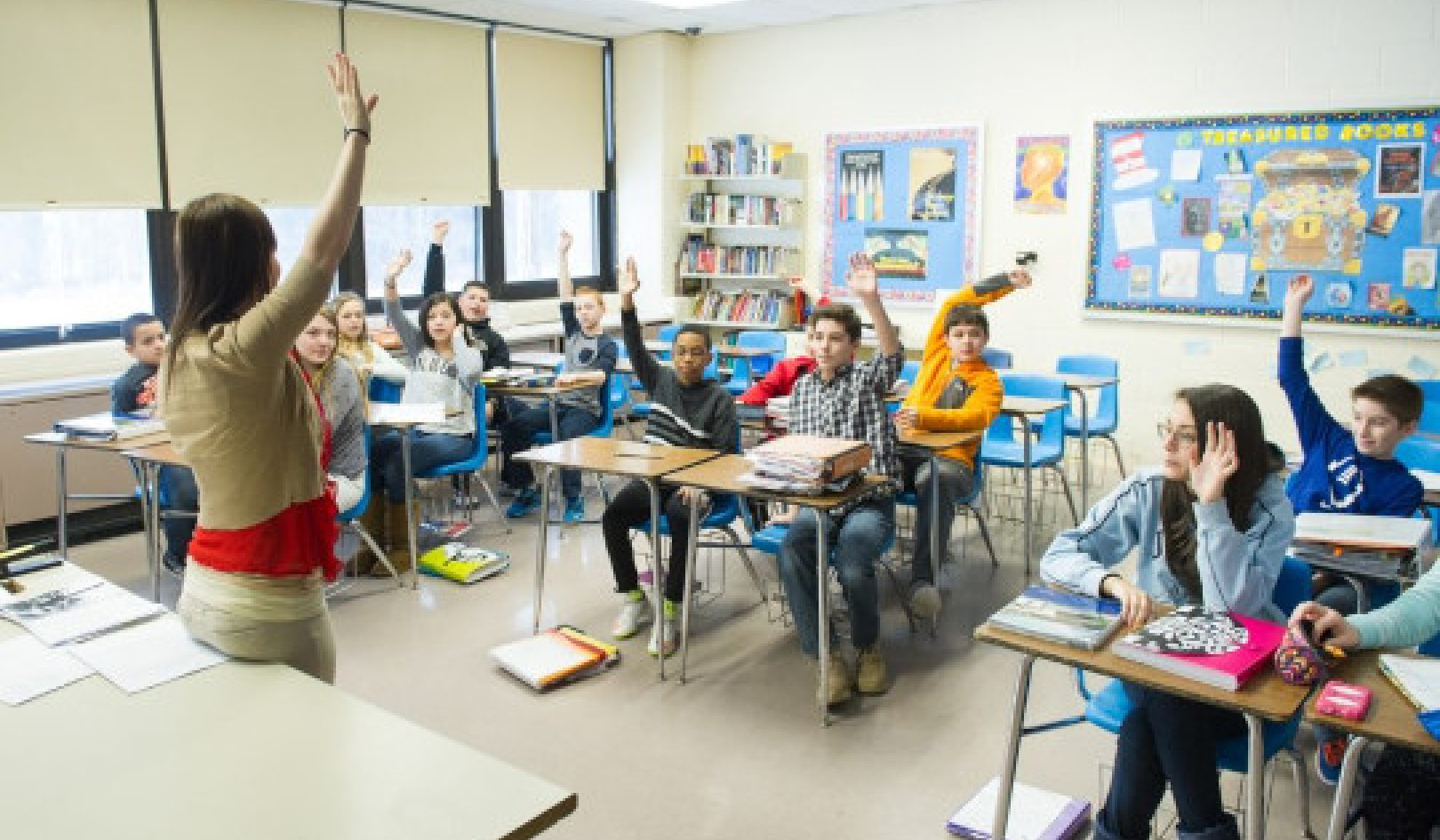
A new study finds that growing up around community violence changes brain development in kids and teens. Specifically, it makes the amygdala overly reactive. The amygdala is the brain's built-in alarm system that detects potential threats.
This part of the brain is wired to scan for danger signs like angry faces or frightened body language. When it senses a threat, it kicks our body into fight-or-flight mode so we can respond to perceived danger.
Past research shows that if kids experience violence at home, their amygdala alarm tends to become too sensitive. Their threat detector goes on high alert more readily — even when seeing neutral facial expressions. This hypervigilance stems from the trauma and abuse suffered early in life.
But this new study shows it's not just violence inside the home that desensitizes the amygdala. Simply witnessing violence out in the neighborhood has similar effects on kids' brain wiring.
Researchers found that the more violent youth were exposed to where they live, the more reactive their amygdala became when viewing angry or scared faces. This suggests that seeing beatings, stabbings, shootings, and other acts of brutality in their community puts their brains on heightened alert for potential threats.
And walking around feeling endangered all the time, even when threats aren't there, can undermine mental health over time. It's exhausting and can breed anxiety disorders down the line.
So, community violence rewires kids' natural threat detection system, just like violence at home does. But not all is lost — the study also found nurturing parenting can actually protect children from these harmful brain changes.
Violence in the Streets Affects the Brain, Too
Experts have long known that growing up in high-poverty areas with lots of crime can hurt kids' development. But they're still untangling all the ways disadvantage "gets under the skin" to change the brain.
The University of Michigan researchers wondered if violence in the community might over-activate the amygdala as violence at home does. They studied over 700 kids and teens from low-income neighborhoods around Lansing, Michigan, to find out.
Through surveys, the youth reported how much violence they'd witnessed where they lived. Things like beatings, shootings, and knife attacks. Then, the team scanned their brains while they looked at photos of angry, scared, and neutral faces.
The more violence the kids had seen in their neighborhoods, the more reactive their amygdalas were to angry and scared faces. This link held true even after accounting for violence and trauma at home.
Why an Overactive Threat Detector Matters
Having your fight-or-flight switch flipped on all the time can undermine well-being over time, according to researcher Luke Hyde:
"This makes sense as it's adaptive for adolescents to be more in tune to threats when living in a more dangerous neighborhood."
Being on high alert helps you survive in hazardous environments. But constantly scanning for danger is exhausting. Perceiving neutral situations as scary can breed anxiety and other problems.
Still, not all kids exposed to violence end up struggling. What makes some more resilient?
The Protective Power of Nurturing Parents
The study found that warm, attentive parenting helps protect children from the impacts of exposure to violence. Kids with nurturing mothers and fathers experienced less violence in their neighborhoods overall. For those exposed, having caring parents prevented the brain's threat detection system from becoming overreactive.
As lead author Gabriela Suarez explains: "Having a more nurturing parent diminished the impact of violence exposure on the brain." Loving bonds with mom and dad neutralize the sensitizing effects of chaos and danger outside the home.
Caring parents help kids feel safe, seen, and secure - even in an unstable environment. This buffers them from the worst neurological impacts of witnessing violence.
Structural Solutions Still Needed
The researchers stress that societal-level change is crucial to protect youth from violence exposure. Improving economic opportunities in disadvantaged neighborhoods should be a priority.
But in the meantime, strong families buffer against adversity's effects on children's developing minds and bodies. As co-author Alex Burt concludes: "Parents may be an important buffer against these broader structural inequalities."
While pushing for progress, supporting nurturing homes is a tangible way to help at-risk kids thrive despite the odds. Loving bonds build resilience that allows young people to overcome hardship.
Along with neighborhood reforms, programs that educate and empower parents could make a real difference for vulnerable families. Caring relationships, not just infrastructure, shape children's ability to process and overcome trauma.
About the Author
 Robert Jennings is co-publisher of InnerSelf.com with his wife Marie T Russell. He attended the University of Florida, Southern Technical Institute, and the University of Central Florida with studies in real estate, urban development, finance, architectural engineering, and elementary education. He was a member of the US Marine Corps and The US Army having commanded a field artillery battery in Germany. He worked in real estate finance, construction and development for 25 years before starting InnerSelf.com in 1996.
Robert Jennings is co-publisher of InnerSelf.com with his wife Marie T Russell. He attended the University of Florida, Southern Technical Institute, and the University of Central Florida with studies in real estate, urban development, finance, architectural engineering, and elementary education. He was a member of the US Marine Corps and The US Army having commanded a field artillery battery in Germany. He worked in real estate finance, construction and development for 25 years before starting InnerSelf.com in 1996.
InnerSelf is dedicated to sharing information that allows people to make educated and insightful choices in their personal life, for the good of the commons, and for the well-being of the planet. InnerSelf Magazine is in its 30+year of publication in either print (1984-1995) or online as InnerSelf.com. Please support our work.
Creative Commons 4.0
This article is licensed under a Creative Commons Attribution-Share Alike 4.0 License. Attribute the author Robert Jennings, InnerSelf.com. Link back to the article This article originally appeared on InnerSelf.com
Books on Inequality from Amazon's Best Sellers list
"Caste: The Origins of Our Discontents"
by Isabel Wilkerson
In this book, Isabel Wilkerson examines the history of caste systems in societies around the world, including in the United States. The book explores the impact of caste on individuals and society, and offers a framework for understanding and addressing inequality.
Click for more info or to order
"The Color of Law: A Forgotten History of How Our Government Segregated America"
by Richard Rothstein
In this book, Richard Rothstein explores the history of government policies that created and reinforced racial segregation in the United States. The book examines the impact of these policies on individuals and communities, and offers a call to action for addressing ongoing inequality.
Click for more info or to order
"The Sum of Us: What Racism Costs Everyone and How We Can Prosper Together"
by Heather McGhee
In this book, Heather McGhee explores the economic and social costs of racism, and offers a vision for a more equitable and prosperous society. The book includes stories of individuals and communities who have challenged inequality, as well as practical solutions for creating a more inclusive society.
Click for more info or to order
"The Deficit Myth: Modern Monetary Theory and the Birth of the People's Economy"
by Stephanie Kelton
In this book, Stephanie Kelton challenges conventional ideas about government spending and the national deficit, and offers a new framework for understanding economic policy. The book includes practical solutions for addressing inequality and creating a more equitable economy.
Click for more info or to order
"The New Jim Crow: Mass Incarceration in the Age of Colorblindness"
by Michelle Alexander
In this book, Michelle Alexander explores the ways in which the criminal justice system perpetuates racial inequality and discrimination, particularly against Black Americans. The book includes a historical analysis of the system and its impact, as well as a call to action for reform.



























